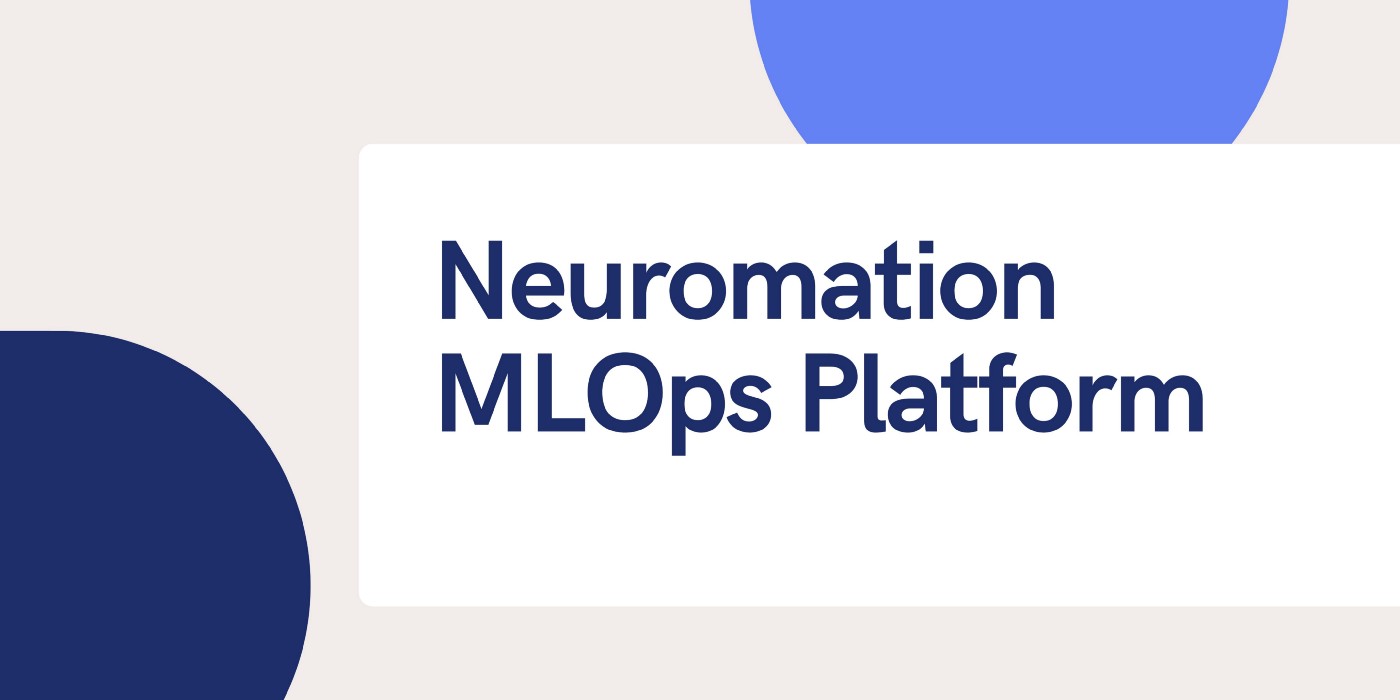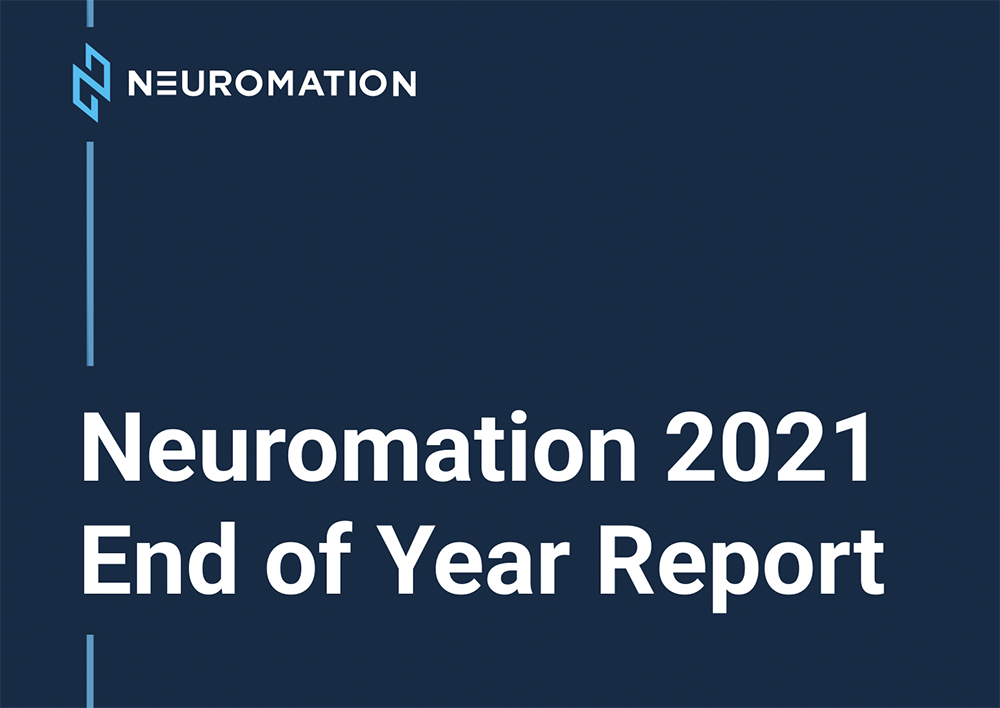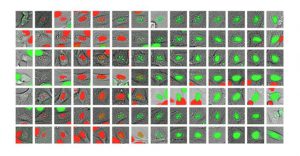The IT world is changing at breakneck speed. The accelerated move towards digital has increased the strain on the IT operations teams, who need to keep track of burgeoning operational data and increased asset performance. That’s not an easy task to accomplish, for sure. So it makes sense why IT leaders are looking into new ways to intelligently automate the growing range of monitoring and performance management tasks with the help of AIOps.
What is AIOps
Artificial Intelligence for IT Operations (AIOps) stands for the application of machine learning and big data analytics to IT operational issues.
AIOps platforms leverage ML and advanced analytics techniques to:
- Simplify operations management in complex IT environments.
- Enhance and automate common IT operations such as infrastructure monitoring, performance management, and other service desk functions.
- Empowering operation teams with real-time dynamic insights and advanced analytics tools.
Image Source: Gartner
To some extent, AIOps can be viewed as a continuous integration and deployment (CI/CD) for core IT functions since the best-in-class AIOPs platforms infuse a greater extent of automation, predictability, and continuity into IT service management.
How AIOps Platforms Work
An AIOPs platform meshes together several technological components — machine learning, automation, big data analytics, and visualization — to optimize the delivery of IT services.
While AIOPs solutions differ between vendors, typically such platforms feature the following layers:
Data Collection and Analytics Layer
AIOps platforms facilitate with IT operations data consolidation from different target environments — on-premises, public, private, and hybrid cloud environments, edge devices — via APIs.
Given that the data volume, generated by all the apps and systems across these environments is exploding, keeping track of it becomes problematic. In fact, 91% of global IT leaders admit that their current monitoring tools provide limited visibility. They can only review how new releases affect their own area of responsibility, rather than the broader IT environment.
Through consolidation, automation, and advanced analytics, AIOps platforms broaden the monitoring scope to provide IT leaders with the following insights:
- Historical performance & event data + predictive insights
- Performance baselining tools, based on historic and current data
- A comprehensive overview of system logs and metrics
- Network data monitoring
- Incident-related data analysis and ticketing
Machine Learning and Automation Layer
Using data from connected sources, AIOps then leveraged targeted machine learning capabilities to help leaders make more sense of the data at hand. In particular, such solutions perform:
- Intelligent anomaly detection: An AIOps platform analyzes the data of your IT operations looking for anomalies and unusual events to alert you about a possible issue.
- Automated root cause analysis: By leveraging pre-trained algorithms, AIOps platforms can perform auto-diagnosis of the performance problem and suggest mitigation paths.
- Response automation: Such solutions can route alerts and prioritize different events by severity levels so that the best IT team could rapidly act upon them. More advanced AIOPs can also trigger automatic system recovery scenarios to be performed in the background.
AIOPs Platforms Examples
- AppDynamics (part of Cisco) — a full-stack enterprise-grade AIOPs platform and Application Performance Monitoring solution, compatible with both cloud-native and traditional infrastructure.
- Neu.ro — a managed MLOps platform + remote MLOps team for hire. The team can set up a custom AIOps environment for your business and run infrastructure performance management remotely.
- Dynatrace — a comprehensive AIOps platform for cloud infrastructure, focused on automating and enhancing the observability of contextual information.
AIOps Benefits
According to Gartner, the exclusive usage of AIOps and digital experience monitoring tools among enterprises will rise to 30% by 2023.
The above makes perfect sense when you consider the benefits of using intelligent automation over manual approaches and fragmented IT operations tools.
Companies that already adopted AIOPs report:
- Faster mean time to resolution (MTTR): By consolidating data, automating event management, and root cause issue identification, AIOps tools drastically reduce the mean time to identify and resolve an issue. For example, Nextel Brazil managed to reduce the average incident response time to 5 minutes (from 30) after adopting an AIOPs platform.
- Proactive performance monitoring: Most organizations still operate reactively. When the disaster hits, teams rush into action. AIOPs technology can help run predictive diagnosis to identify problems at a nascent stage, plus facilitate with triage of various issues based on their urgency/impact on operations.
- Data-backed decision-making: AIOps platforms enable a single-pane-of-glass view into the growing IT infrastructure and operations data volumes so that IT teams could work smarter, rather than harder. Garter also found that AIOps platforms can also be used to link performance insight to specific business outcomes.
To Conclude
AIOPs has a staunch potential to shift the efficacy of IT services delivery. However, as with every new technology, the adoption success will strongly depend on your company’s goals and technical maturity.
No new technology itself is a definite cure. AIOps requires significant investment in data consolidation and management, as well as a cultural commitment of your team to ‘learn the ropes’ of a new solution.




